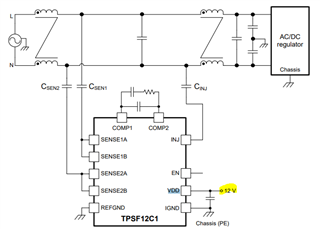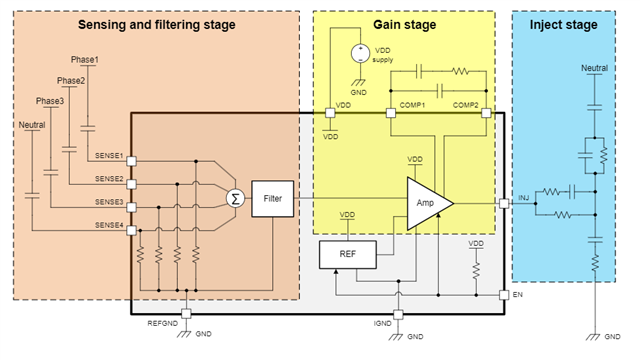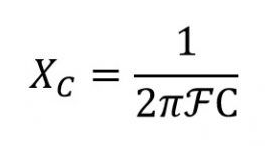Other Parts Discussed in Thread: TPSF12C3
Tool/software:
Hi,
How is the VDD supplied to the AEF generated on the system? Generally, ACDC→DCDC (VDD=12V) is generated, so it seems that the filter does not work at startup. Does VDD require a power supply separate from the system power supply, such as a battery power supply?

Thanks,
Conor



